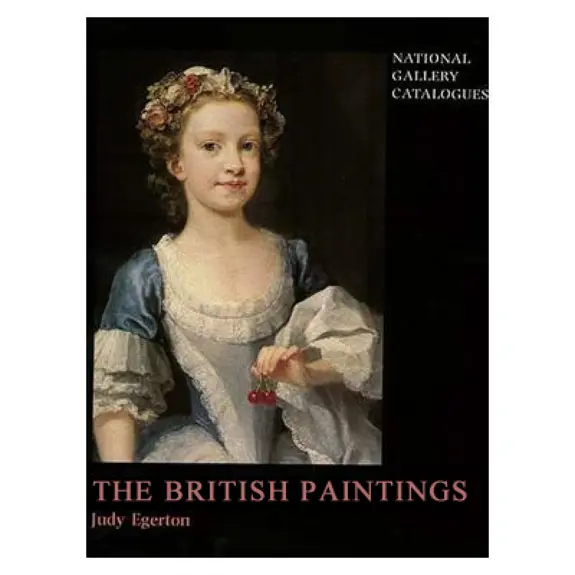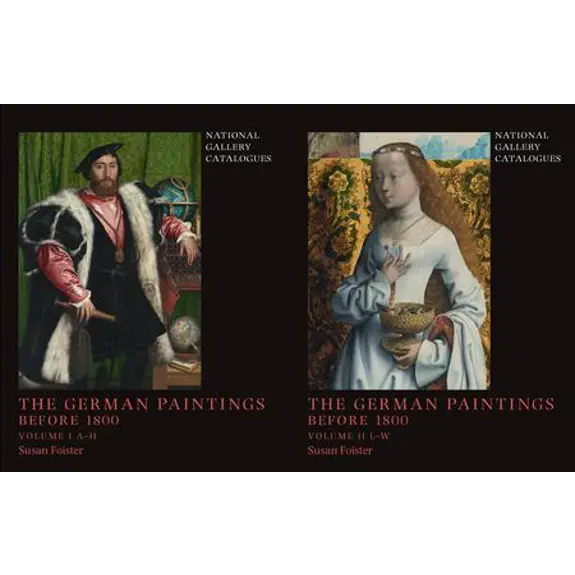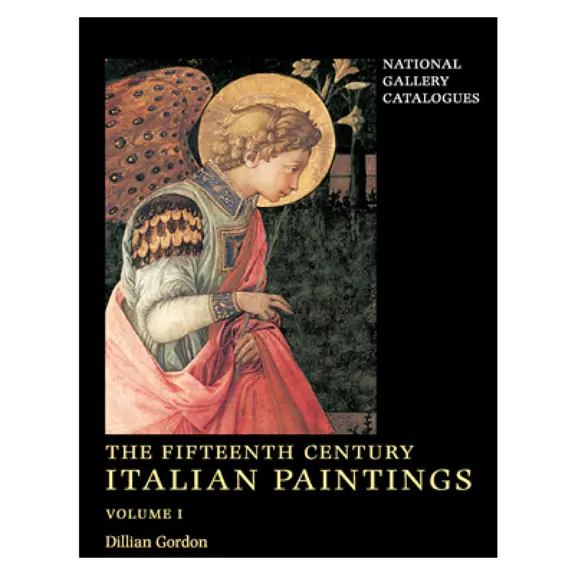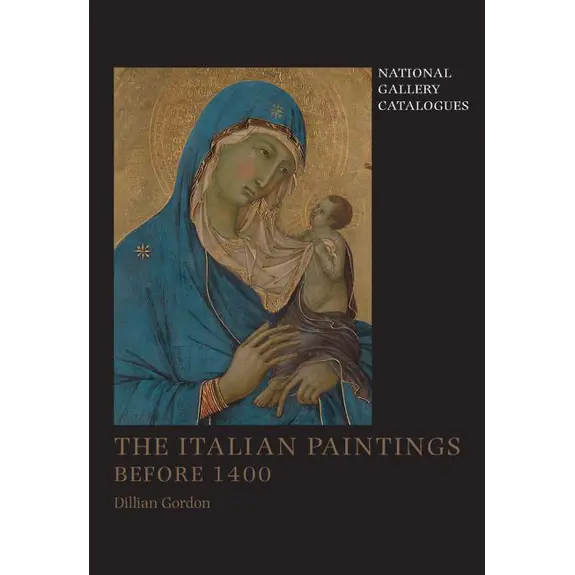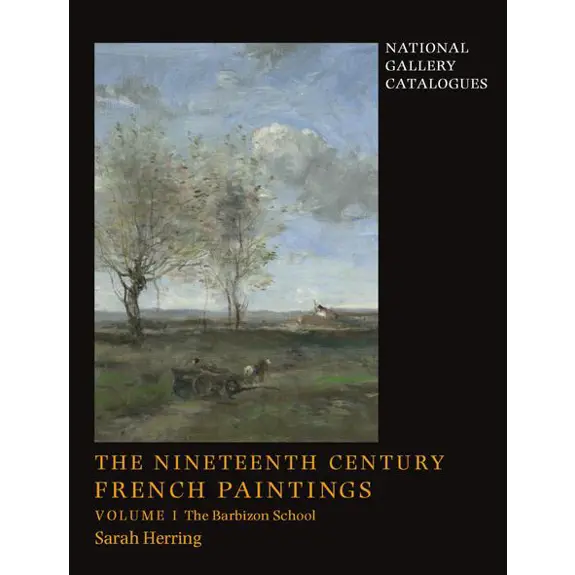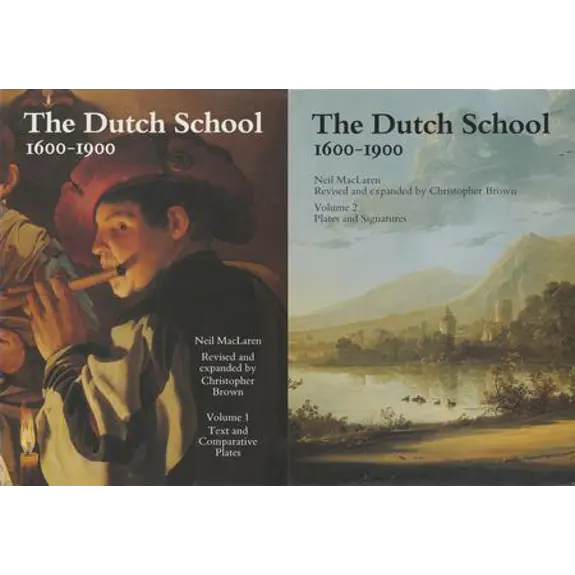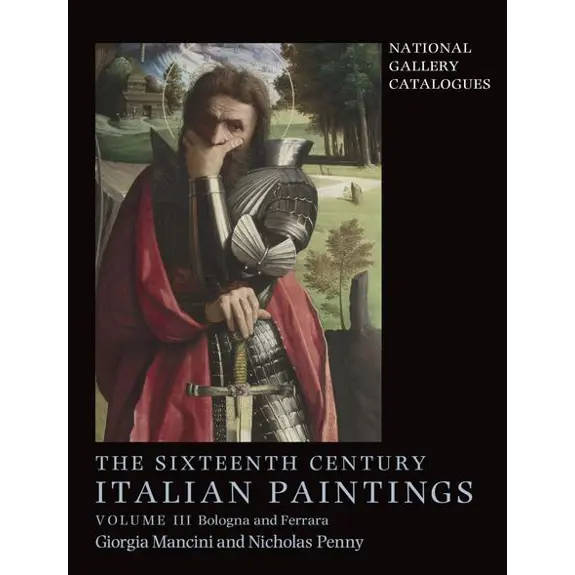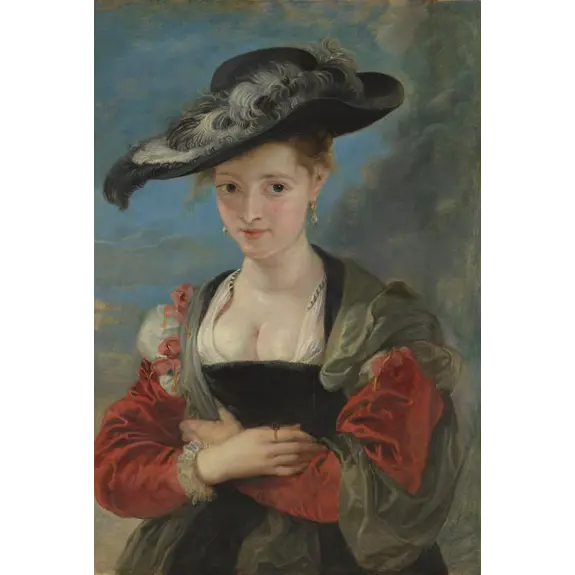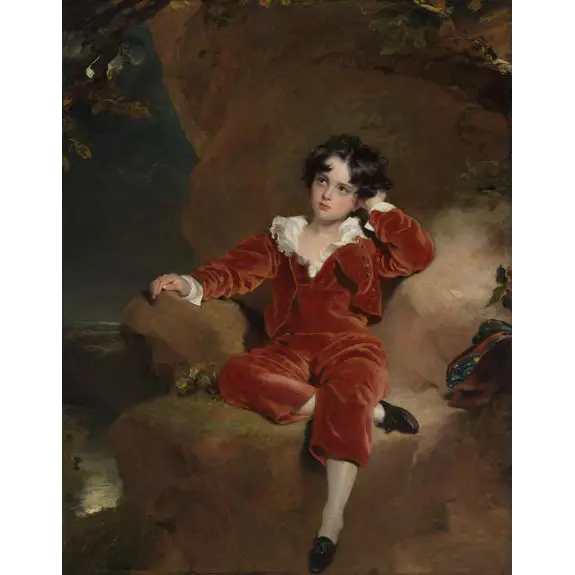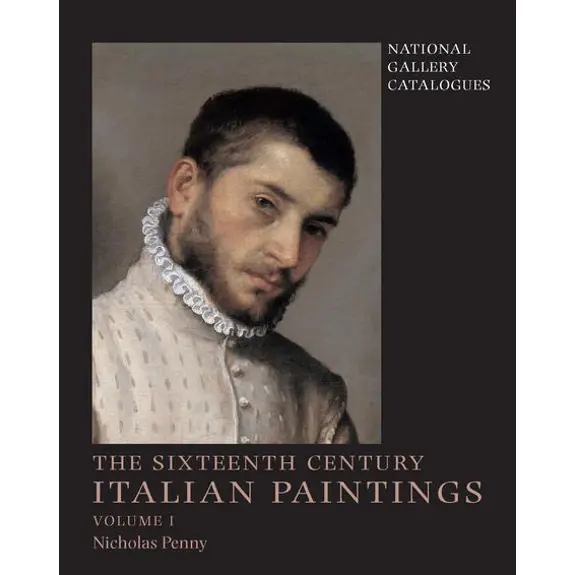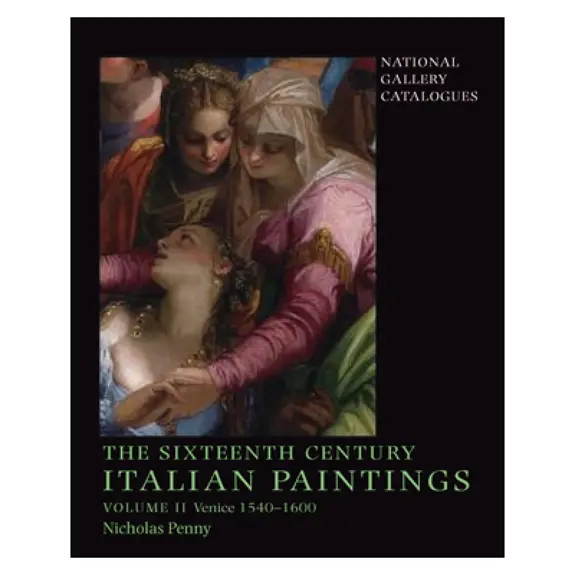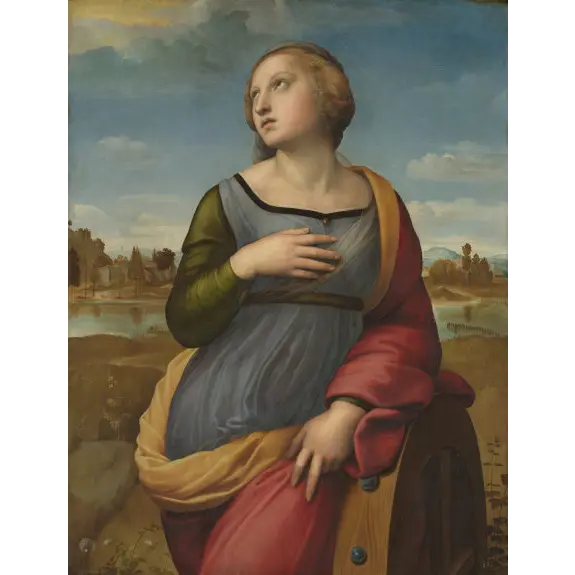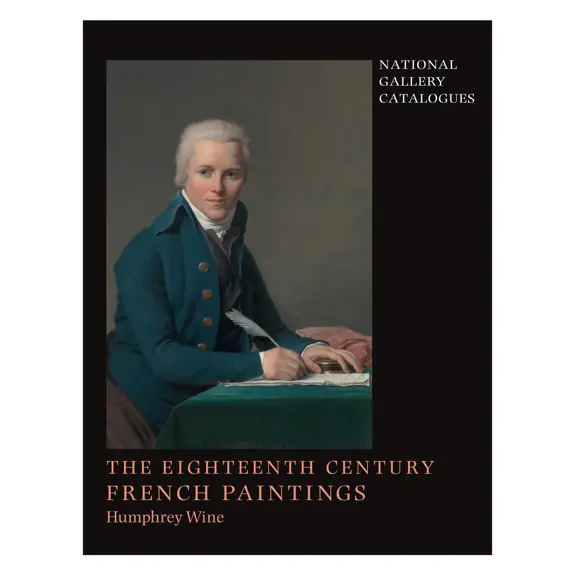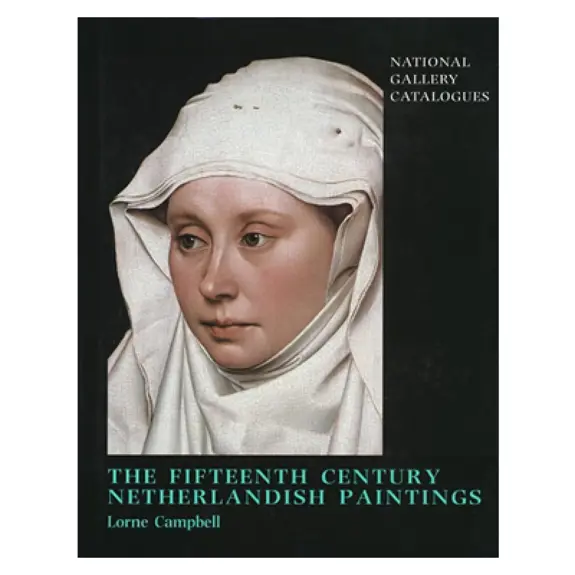
The Fifteenth Century Netherlandish Paintings
National Gallery Catalogues
Lorne Campbell
London, 1998
Summary
The National Gallery’s collection of fifteenth-century Netherlandish pictures is one of the largest and most important in the world. It includes works by Jan van Eyck, Robert Campin, Rogier van der Weyden, Petrus Christus, Dirk Bouts, Simon Marmion, Justus of Ghent, Hans Memling, Geertgen tot Sint Jans and Gerard David. Early Netherlandish paintings are noted for their veracity but also for their complexity, for their expressiveness and for their technical refinement. For centuries van Eyck was regarded as the ‘inventor’ of oil painting, and artists like van Eyck and van der Weyden powerfully affected the development of European painting in terms of style as well as technique.
In this catalogue, the detailed entry for each work represents the culmination of Lorne Campbell’s extensive research on the authorship, histories and iconographies of the paintings, on the patrons who commissioned them, and above all on the painters’ techniques and working practices – where he has worked in close collaboration with the National Gallery’s Conservation and Scientific Departments. Sophisticated modern methods of analysis have been applied in the examination of every painting, yielding extraordinary results. By assembling a rich combination of scientific and historical evidence, Dr Campbell has been able to reconstruct in detail how these striking paintings were made and, in so doing, greatly to advance our understanding and appreciation of the achievements of the Early Netherlandish painters.
Online extracts from this catalogue
- Dirk Bouts, 'Portrait of a Man (Jan van Winckele?)'
- Dirk Bouts, 'The Entombment'
- Robert Campin, 'A Man and a Woman'
- Gerard David, 'The Virgin and Child with Saints and Donor'
- Jan van Eyck, 'The Arnolfini Portrait'
- Geertgen tot Sint Jans, 'The Nativity at Night'
- Juan de Flandes, 'Christ appearing to the Virgin'
- Justus of Ghent, 'Two Panels made for the Duke of Urbino'
- Simon Marmion, 'Fragments of Shutters from the St Bertin Altarpiece'
- Master of Delft, 'Triptych: Scenes from the Passion of Christ'
- Hans Memling, 'The Donne Triptych'
- Hans Memling, 'Two Panels from a Triptych'
- Rogier van der Weyden, 'The Exhumation of Saint Hubert'
Online biographies from this catalogue
About the text
These catalogue entries are a mixture of new ‘born digital’ entries, and entries from previously published catalogues. A third of the previously published entries were chosen from among the Gallery's most important paintings, and two thirds from paintings that are interesting, but often overlooked.
When converting the previously-published files we have tried to stay as close to the original texts and arrangements as possible, whilst also creating online entries that are self-contained. This means that sections like bibliographies and appendices appear in the individual entry webpage. Bibliographies have been collated from various sources (this is why, for example, individual references may be formatted differently). The way we tag items to add them to lists of references may mean that the hyperlinking of references appears inconsistent – we’ll be working on improving this.
Editorially, we have corrected any known errors. We have also acquired and cleared new images, so credit lines have been updated. Images, which often fell in the middle of running text, have been moved to the next paragraph break. The main image for each entry has been moved to the top. Captions which applied to more than one image have been divided so that each image has its own caption.
Texts remain as they were published. In a few cases an ‘update’ section summarises recent research.
